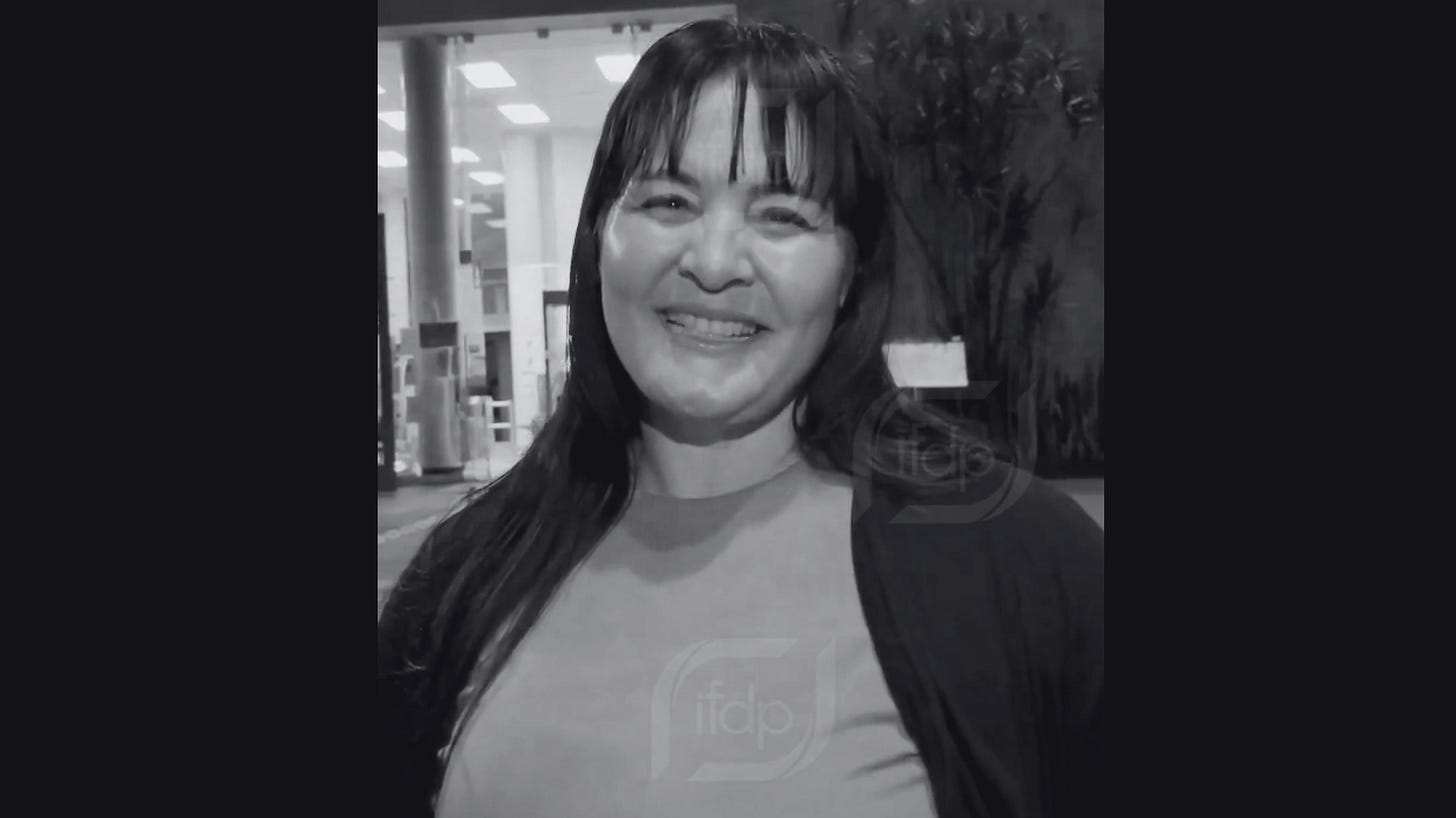Better late than never
The Supreme Court makes a ruling in the infamous "Caso Wallace"
Welcome to The Mexpatriate.
In today’s edition, I cover a Supreme Court ruling that could make the 2005 Wallace Miranda kidnapping and murder case—one of the highest-profile criminal cases in Mexico in the past two decades—finally collapse, three months after the (mysterious) death of Isabel Miranda de Wallace at age 73.

To read more background about this convoluted case, go back to my April 8 edition:
“The beginning of the end”
“Mrs. Wallace asserts that the Supreme Court took up the ‘amparo’ case of Juana Hilda González because someone in organized crime bribed the chief justice of the court. She fears, with reason, that out of that ruling could come a final act of justice for her victims. She is also aware, that if they are released, she could be identified as a perpetrator herself.”
—Ricardo Raphael, “Fabricación”
After three years awaiting a ruling, Juana Hilda González Lomelí was released from prison on Wednesday on orders from the Supreme Court (SCJN)—dealing what should be a mortal blow to the infamous kidnapping and murder case built by Isabel Miranda de Wallace.
González was arrested in January 2006 after Miranda accused her of luring her son, Hugo Alberto, to his kidnappers and later, to his death in July 2005. She had served 19 years of a 78-year sentence, which the SCJN invalidated because her confession was obtained using torture.
Hugo Alberto Wallace’s body was never found, and the case rested on weak hearsay evidence, confessions from tortured suspects and one drop of blood. But Miranda’s public prominence as an anti-kidnapping activist and as a government ally would lead to the arrest of 10 people—today, four of them remain in prison, and one, Brenda Quevedo, remains under house arrest. Quevedo spent 17 years in prison without trial, and the investigation against her is still open.
“This is the beginning of the end,” said Quevedo in an interview on Sin Embargo on Thursday. “That someone in this case has been released, I think it means that justice has begun…I don’t know if I would say justice has been served. For me, justice will not come until there are reparations, and I’m not sure anything can repair so much pain, so much corruption that my family and I and the other defendants [have suffered].”
The Federal Institute of Public Defenders (IFDP) noted in a statement that “in all of these cases [of González and her co-defendants] the accusation is based on the same evidence that the SCJN declared invalid, and therefore it must be immediately excluded.”
The parallels with the case of Florence Cassez and the notorious “montaje” by Genaro García Luna and his agents are hard to miss—the French woman was released from prison in 2013, after serving seven years of a 60-year sentence for kidnapping. The repeated violations of Cassez’s rights during her arrest and prosecution were sufficient for the SCJN to eventually throw out her conviction. However, her Mexican co-defendant, Israel Vallarta, has been in prison for 19 years without a sentence.
González could easily have continued to languish in prison, her case jeopardized by the turmoil of the judicial election on June 1 and upcoming changes at the SCJN. In fact, the Federal Attorney General’s Office (FGR) attempted to use this precise excuse to delay the ruling, claiming “this is not an opportune moment to resolve such a relevant and high-profile matter in the country” with the “uneasiness” following the election.
Justice Alfredo Gutiérrez Ortiz Mena (who resigned last year rather than participate in the judicial election) drafted the proposal to release González, and the vote in the first chamber of the court was four in favor, one against. The first chamber has only four sessions left before the newly elected court takes office in September (possibly, no longer in robes).
“The SCJN bids farewell with this exemplary ruling,” wrote journalist Ricardo Raphael in Milenio, adding that “the decision of the justices went even further [than releasing González]: they ruled that those responsible for the torture should be prosecuted.”
Isabel Miranda de Wallace’s death was reported on March 8 at age 73, following a surgery in Mexico City. I wrote about the skepticism swirling around the news and more details about the labyrinthine case here, noting that “Miranda’s departure may not suffice to allow the release of her prey.”
Fortunately for González at least, I was proven wrong.
Thank you for reading and feel free to send me your suggestions, tips and questions at hola@themexpatriate.com, and please become a subscriber if you’re not already!



